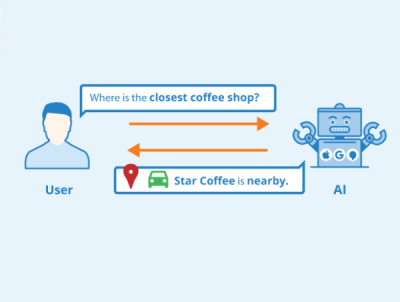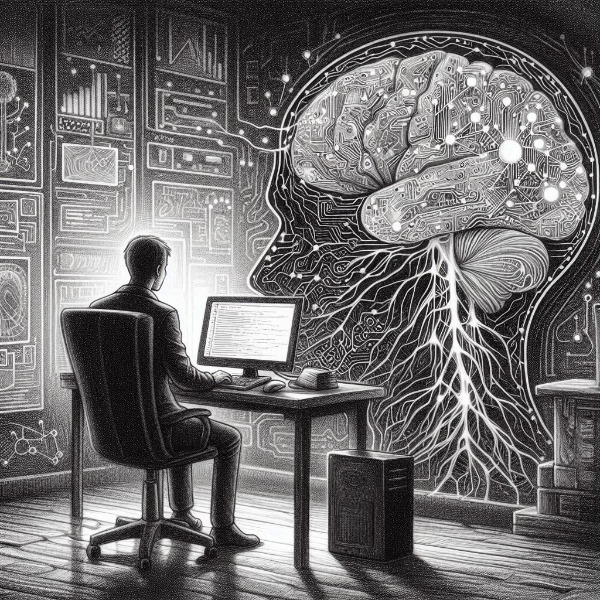Natural Language Processing (NLP)
Natural Language Processing (NLP) is a field of artificial intelligence focused on enabling computers to understand, interpret, and generate human language. The "natural" part is that the goal is that this AI language use is meaningful and contextually relevant. This might be used for tasks such as language translation, sentiment analysis, and speech recognition.

Search engines leverage NLP to improve various aspects of search. Understanding what a user means when searching for a search string and understanding what the different pages on the web are about and what questions they answer are all vital aspects of a successful search engine.
According to AWS, companies commonly use NLP for these automated tasks:
• Process, analyze, and archive large documents
• Analyze customer feedback or call center recordings
• Run chatbots for automated customer service
• Answer who-what-when-where questions
• Classify and extract text
NLP crosses over into other fields. Here are three.
Computational linguistics is the science of understanding and constructing human language models with computers and software tools. Researchers use computational linguistics methods, such as syntactic and semantic analysis, to create frameworks that help machines understand conversational human language. Tools like language translators, text-to-speech synthesizers, and speech recognition software are based on computational linguistics.
Machine learning is a technology that trains a computer with sample data to improve its efficiency. Human language has several features like sarcasm, metaphors, variations in sentence structure, plus grammar and usage exceptions that take humans years to learn. Programmers use machine learning methods to teach NLP applications to recognize and accurately understand these features from the start.
Deep learning is a specific field of machine learning which teaches computers to learn and think like humans. It involves a neural network that consists of data processing nodes structured to resemble the human brain. With deep learning, computers recognize, classify, and co-relate complex patterns in the input data.


